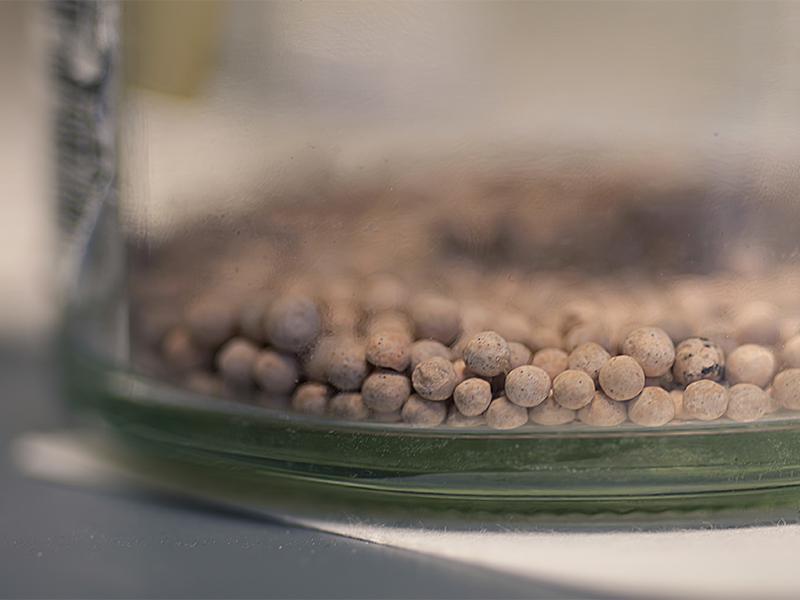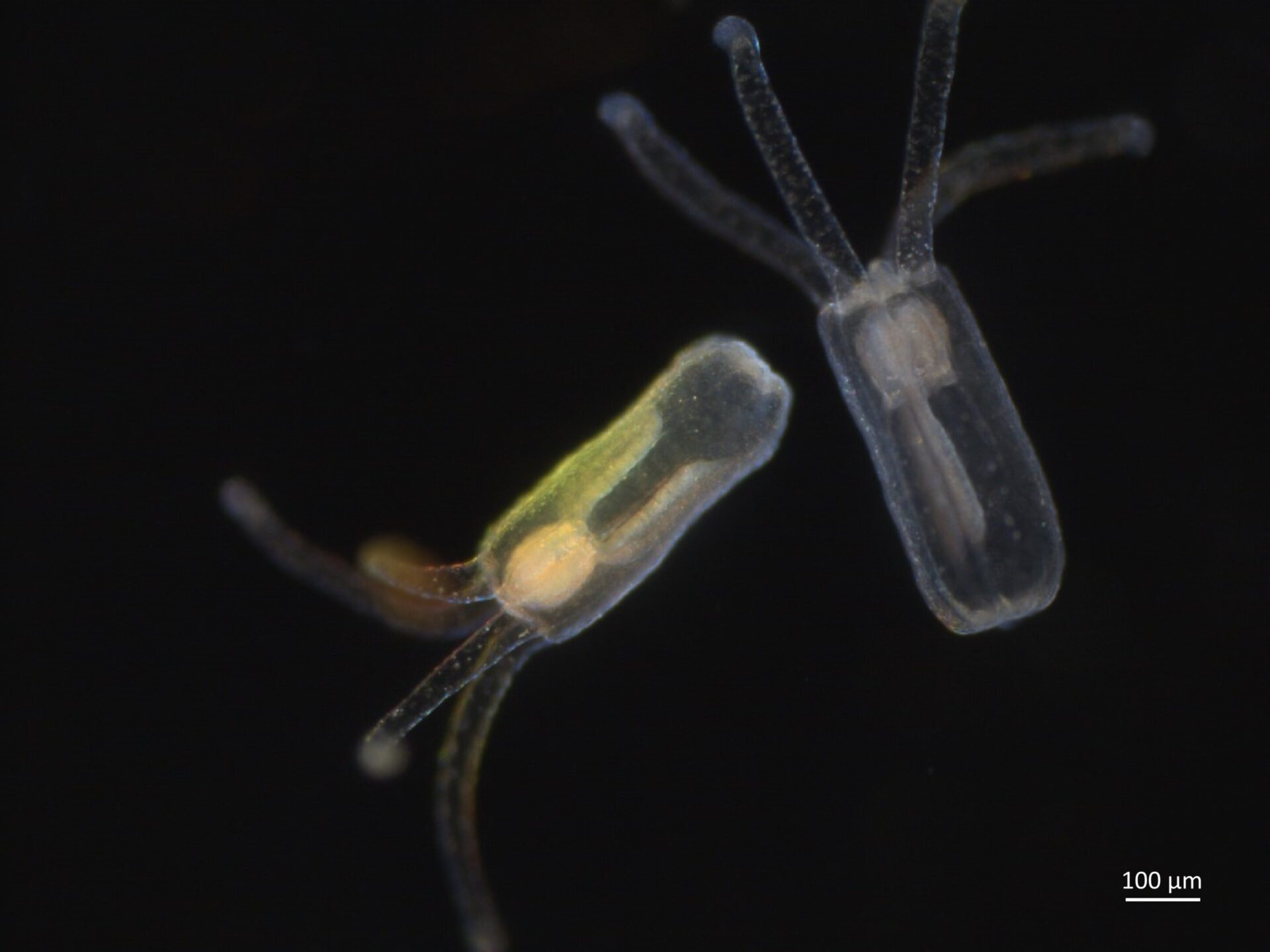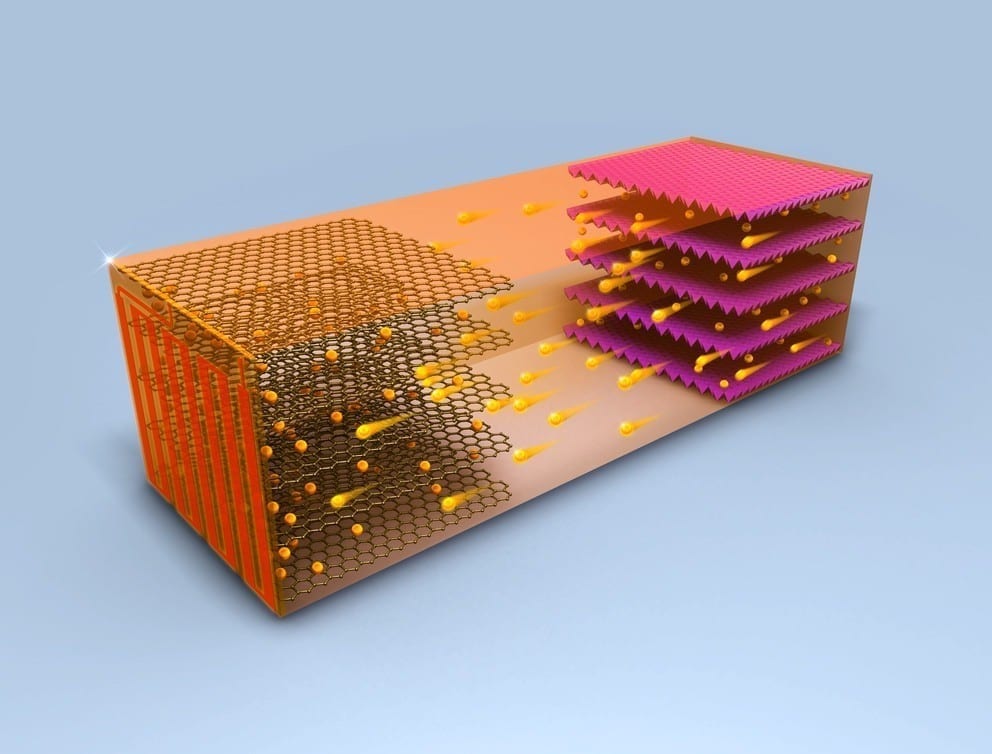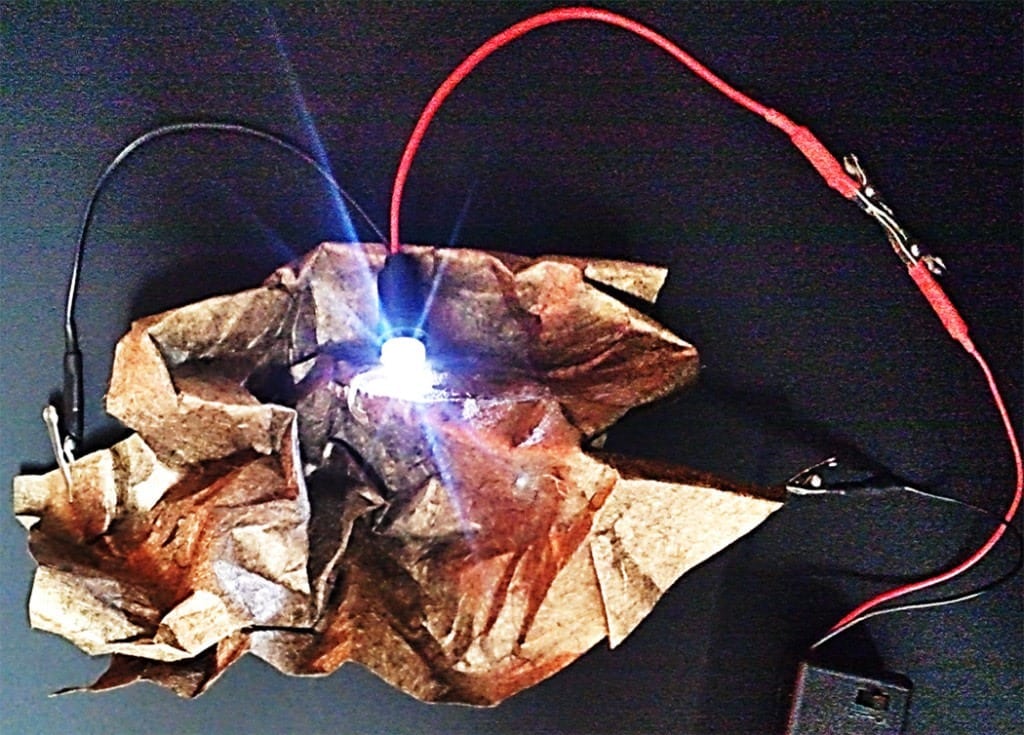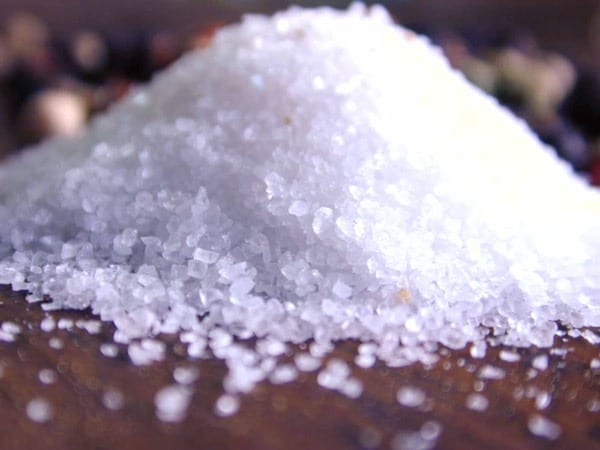
Industrial forecasts predict an insatiable need for battery farms to store renewable energy like solar and wind. Lithium ion batteries may remain tops for sheer performance, but when cost-per-storage is factored in, a Stanford design based on sodium ions offers promise.
As a warming world moves from fossil fuels toward renewable solar and wind energy, industrial forecasts predict an insatiable need for battery farms to store power and provide electricity when the sky is dark and the air is still. Against that backdrop, Stanford researchers have developed a sodium-based battery that can store the same amount of energy as a state-of-the-art lithium ion, at substantially lower cost.
Chemical engineer Zhenan Bao and her faculty collaborators, materials scientists Yi Cui and William Chueh, aren’t the first researchers to design a sodium ion battery. But they believe the approach they describe in an Oct. 9 Nature Energy paper has the price and performance characteristics to create a sodium ion battery costing less than 80 percent of a lithium ion battery with the same storage capacity.
“Nothing may ever surpass lithium in performance,” Bao said. “But lithium is so rare and costly that we need to develop high-performance but low-cost batteries based on abundant elements like sodium.”
With materials constituting about one-quarter of a battery’s price, the cost of lithium – about $15,000 a ton to mine and refine – looms large. That’s why the Stanford team is basing its battery on widely available sodium-based electrode material that costs just $150 a ton.
This sodium-based electrode has a chemical makeup common to all salts: It has a positively charged ion – sodium – joined to a negatively charged ion. In table salt, chloride is the positive partner, but in the Stanford battery a sodium ion binds to a compound known as myo-inositol. Unlike the chloride in table salt, myo-inositol is not a household word. But it is a household product, found in baby formula and derived from rice bran or from a liquid byproduct of the process used to mill corn. Crucial to the idea of lowering the cost of battery materials, myo-inositol is an abundant organic compound familiar to industry.
Making it work
The sodium salt makes up the cathode, which is the pole of the battery that stores electrons. The battery’s internal chemistry shuttles those electrons toward the anode, which in this case is made up of phosphorous. The more efficiently the cathode shuttles those electrons toward and backward versus the anode, the better the battery works. For this prototype, postdoctoral scholar Min Ah Lee and the Stanford team improved how sodium and myo-inositol enable that electron flow, significantly boosting the performance of this sodium ion battery over previous attempts. The researchers focused mainly on the favorable cost-performance comparisons between their sodium ion battery and state of the art lithium. In the future they’ll have to look at volumetric energy density – how big must a sodium ion battery be to store the same energy as a lithium ion system.
In addition, the team optimized their battery’s charge-recharge cycle – how efficiently the battery stores electricity coming in from a rooftop solar array, for instance, and how effectively it delivers such stored power to, say, run the house lights at night. To better understand the atomic-level forces at play during this process, postdoctoral scholar Jihyun Hong and graduate student Kipil Lim worked with Chueh and Michael Toney, a scientist with the SLAC National Accelerator Laboratory. They studied precisely how the sodium ions attach and detach from the cathode, an insight that helped improve their overall battery design and performance.
The Stanford researchers believe their Nature Energy paper demonstrates that sodium-based batteries can be cost-effective alternatives to lithium-based batteries. Having already optimized the cathode and charging cycle, the researchers plan to focus next on tweaking the anode of their sodium ion battery.
“This is already a good design, but we are confident that it can be improved by further optimizing the phosphorus anode,” said Cui.
Learn more: A Stanford battery based on sodium may offer more cost-effective storage than lithium
The Latest on: Sodium ion battery
[google_news title=”” keyword=”sodium ion battery” num_posts=”10″ blurb_length=”0″ show_thumb=”left”]- Lithium Faces Challenge From Sodium Batterieson April 30, 2024 at 3:00 pm
Lithium-ion has been the dominant rechargeable battery technology for years, but the strong charge and discharge capacities from Sodium batteries could make a difference in the energy storage business ...
- New sodium-ion battery tech boosts green energy storage affordabilityon April 30, 2024 at 10:10 am
In an advance for energy-storage technologies, researchers have developed high ionic-conductivity solid-state electrolytes for sodium-ion batteries that dramatically enhance performance at room ...
- ‘Battery revolution’? First US sodium-ion plant comes online.on April 30, 2024 at 3:51 am
The first sodium-ion battery plant in the U.S. started operations Monday, offering an alternative to lithium-based storage that currently dominates the market.
- Scientists design super-battery made with cheap, readily affordable chemical element, Na — Salt-based cell has surprisingly good energy density and charges in secondson April 29, 2024 at 9:50 pm
R esearchers at the Korea Advanced Institute of Science and Technology (KAIST) have developed a high-performance, hybrid sodium-ion battery that charges rapidly and offers impressive energy density.
- Sodium-ion batteries from Michigan plant to challenge lithium’s gripon April 29, 2024 at 11:22 am
Natron Energy Inc. bills the facility near the Lake Michigan shore as the first full-scale U.S. plant for making sodium-ion batteries.
- Natron Energy Achieves First-Ever Commercial-Scale Production of Sodium-Ion Batteries in the U.S.on April 29, 2024 at 9:03 am
Natron Energy, Inc. (“Natron” or “the Company”), the global leader in sodium-ion battery technology, today announced the commencement of commercial-scale operations at its sodium-ion battery ...
- Scientists Develop Battery Capable of Rapid Charging in Just a Few Secondson April 26, 2024 at 2:35 pm
Sodium (Na), being more than 500 times as abundant as lithium (Li), has recently attracted considerable interest for its potential use in sodium-ion battery technologies. However, existing sodium-ion ...
- Sodium-ion battery could charge in several secondson April 25, 2024 at 2:18 am
Researchers at the Korea Advanced Institute of Science and Technology (KAIST) have identified a high-energy, high-power hybrid sodium-ion battery capable of charging in just a few seconds. The system ...
- Scientists build battery that can charge in secondson April 23, 2024 at 8:14 pm
Scientists have developed a battery capable of charging in just a few seconds. A team from South Korea made the breakthrough with next-generation sodium batteries, which are both cheaper and safer ...
- New sodium battery that can be charged in seconds developedon April 20, 2024 at 11:01 am
Researchers have developed a high-power hybrid sodium-ion battery that can be charged in seconds, potentially replacing lithium-ion batteries.
via Google News and Bing News


